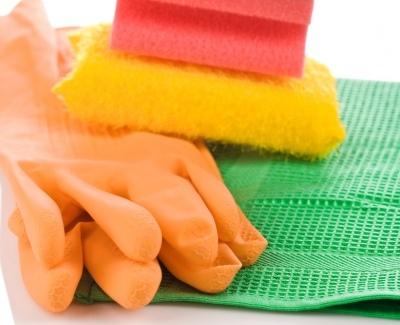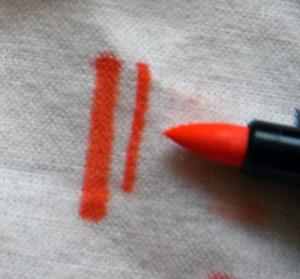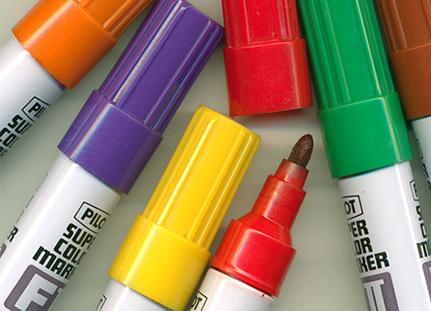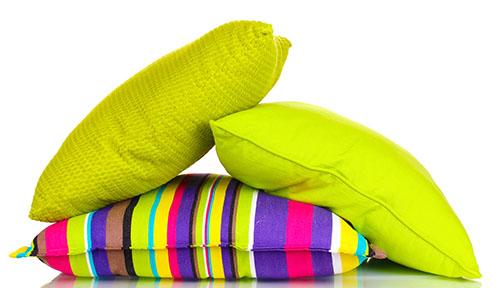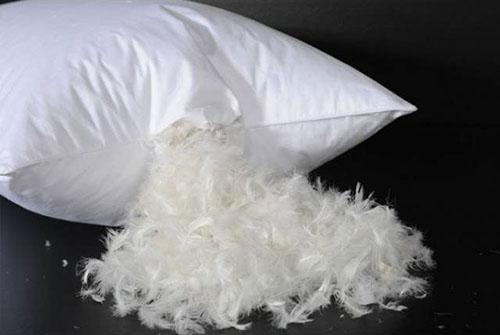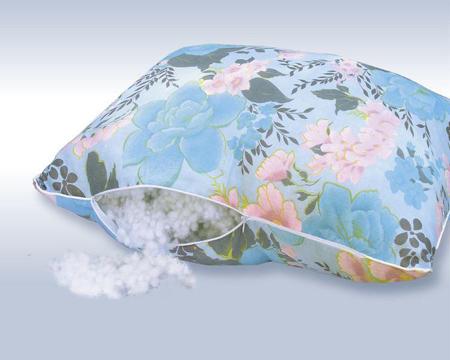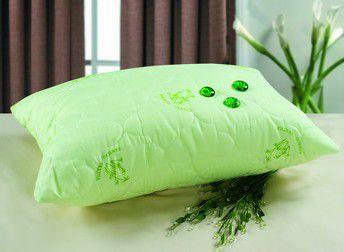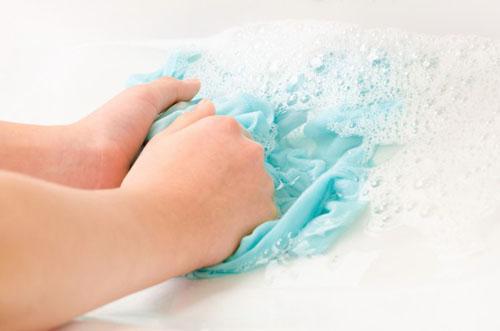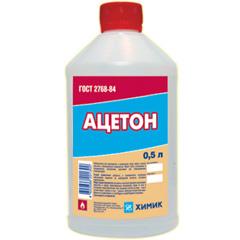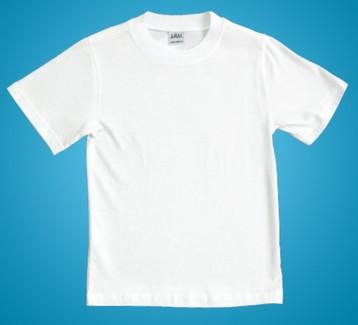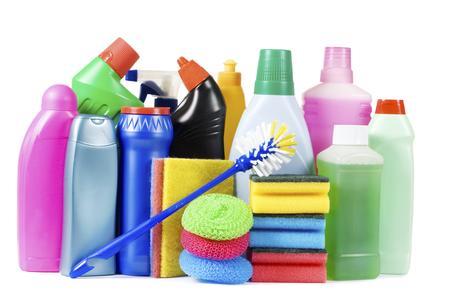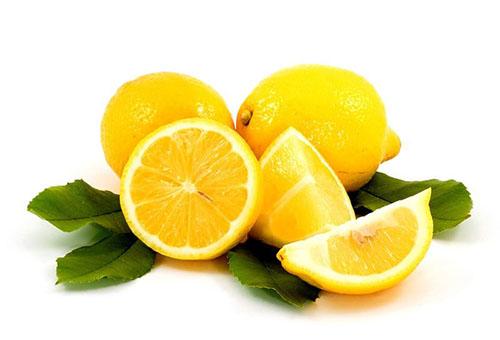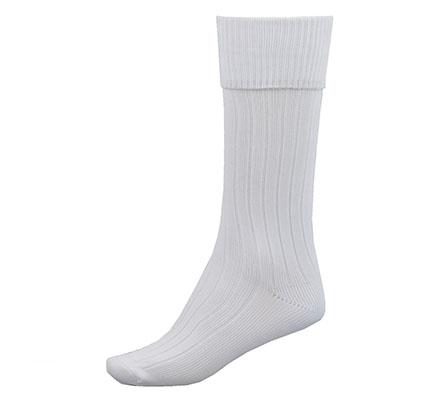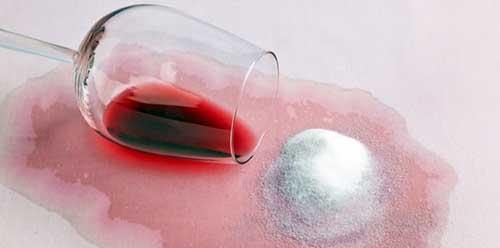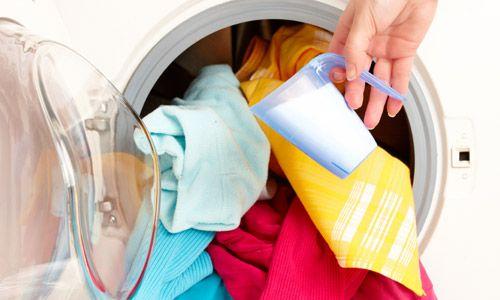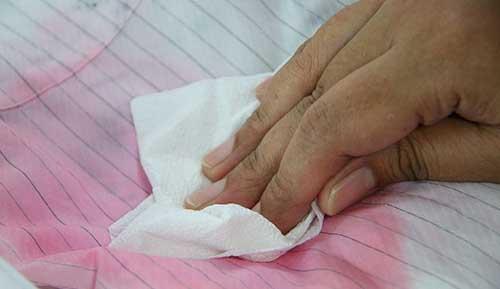Housewives often ask themselves the question - how to wash woolen clothes so that they do not shrink, stretch and lose their appearance?
Many are frankly afraid to take on this type of fabric, but there really is nothing wrong with it. Knowing only a few rules for handling woolen items, you can quickly wash any item of clothing.
In fact, there are only three rules here:
- Do not press;
- Do not overheat;
- Dry properly.
That's all - if we follow these simple rules, then our woolen things will remain safe and sound. You can get more detailed information on the correct washing of woolen products in our review.
Preparing things for washing

We will consider two ways to wash woolen items - by hand and in a washing machine. Before you start washing, things need to be prepared. To do this, inspect them for stains. If they are, we remove them with hydrogen peroxide or vinegar - do not be afraid, the wool reacts quite calmly to these agents. Moreover, vinegar is also added to water during hand washing, as wool becomes softer in an acidic environment. If needed remove coffee stains from clothes, it is better to read a separate article for this.
If you have examined the woolen item, but did not find any stains on it, it is better not to wash at all - wool does not like frequent washing. For example, wash jacket in washing machine, if it is made of woolen fabric, it is not recommended, as it may shrink and become deformed. It should simply be aired out in the fresh air to remove unpleasant odors. This procedure is recommended to be repeated about once every six months.
How to hand wash wool
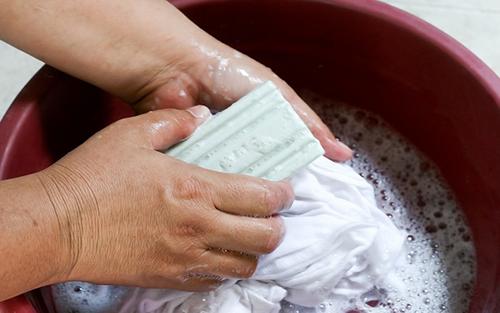
Washing wool by hand is ideal, because in this case we can wash things in the most gentle way. The main thing is not to wrinkle or compress the fabrics, not to twist them and not to mock them in other ways.Also, do not rub woolen things - it is enough to smoothly move them around the container.
At what temperature should woolen clothes be washed? Since we are dealing with an extremely delicate fabric, temperature should not exceed +30-35 degrees. It is highly desirable that the temperature is maintained throughout the process - both during the main wash and during rinsing. It would be wrong if washing was done in warm water and rinsing was done in cold water.
When washing wool, it is advisable to use soft water. If the water is hard enough, special emollients should be used. A good result is the use of the most ordinary vinegar - its presence in water will make the wool softer and more pliable.You also need to pay attention to the choice of powder - instead of it, it is generally better to use liquid detergents. Needlewomen should remember that hand washing is the right way wash embroidery correctly and don't mess up your work.
The use of strong bleaches when washing wool is unacceptable - only special products designed for wool should be used here. As soon as the hand wash is completed, rinse the woolen items in warm water and send them to dry. The use of fragrances and conditioners is undesirable.
How to wash woolen clothes in a washing machine
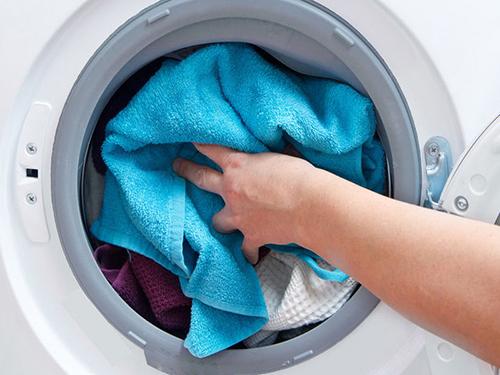
If you're afraid to wash your wool by hand, try using an automatic washing machine. Make sure that it has a wool wash mode - it is available on the vast majority of modern models. If there is no special mode, select a program for delicate fabrics (for example, when washing silk and flax).On these programs, the drum rotates more slowly than usual, so that the fabrics do not experience strong overloads.
After selecting the program, turn off the spin (if it is provided) - woolen things can not be wrung out. After that, we load the appropriate washing powder into the machine and start the selected program. Upon completion, we take out things, and with soft smoothing movements we remove the remaining water from them.
By the way, you can remove excess water with a thick terry towel, wrapping washed woolen items in it - in this case, the water will be absorbed into the fabric of the towel. After that, things are smoothed and sent to dry.
What powder to use
For washing woolen items, it is recommended to use good washing powders with a note that they are suitable for wool. It is best to use special liquid detergents sold in hardware stores for this. If there is nothing at hand, and the thing needs urgent washing, use a simple shampoo - it is designed to wash hair, which means that it will cope well with natural wool.
Drying woollens

Some housewives may ask - how to wash woolen clothes so that they do not stretch? To do this, you need to follow simple rules. First of all, you should pay attention to temperature - if it is high, you will irretrievably lose an expensive woolen thing. After that, it remains only to throw it away.
After washing, the wool must be properly dried - the following rules apply here:
- No wringing or twisting of the wool - the water should drain on its own;
- Drying is desirable to carry out on a flat surface - but not under the scorching sun;
- Wool should be dried at a low temperature, in the shade, where it will be blown by the wind;
- Under woolen clothes drying on a flat surface, it is advisable to place a piece of cloth or a towel - this will help to remove moisture from the wool as quickly as possible.
By following these simple rules, you will provide your woolen items with a long life.And if you are still afraid to touch the wool, take it to the dry cleaner.

